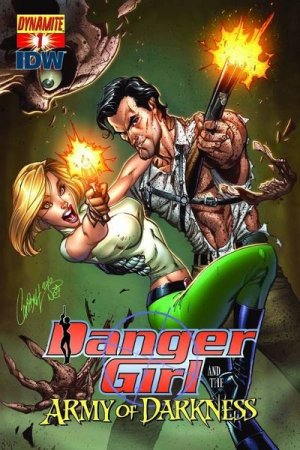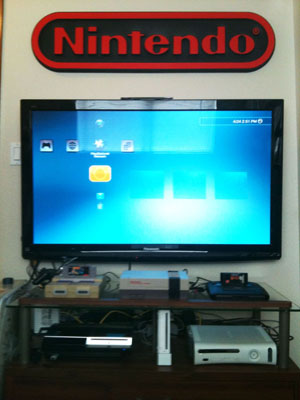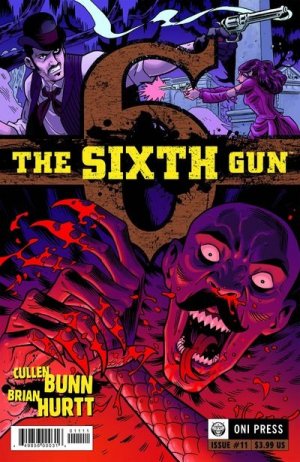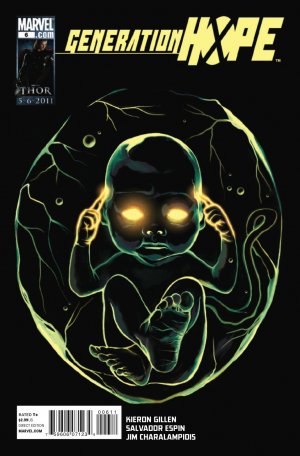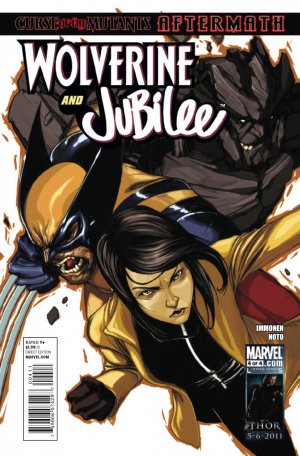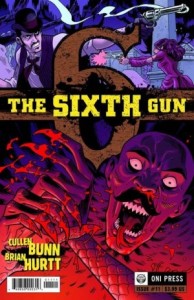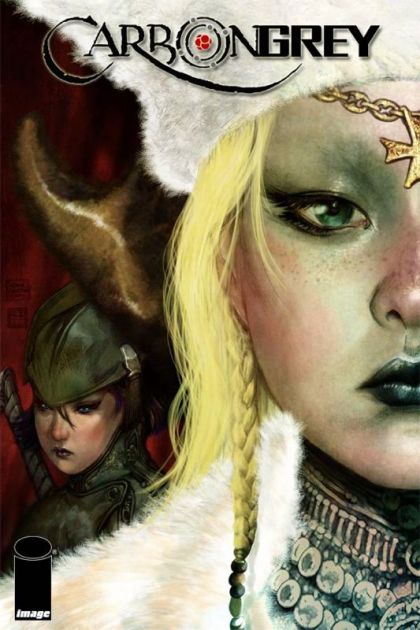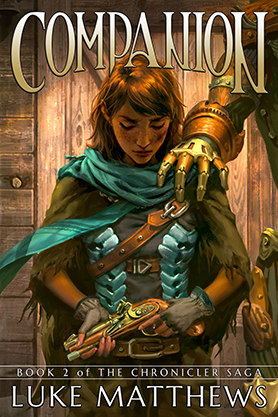Earlier today, I got into a rather lengthy argument on Twitter with a good friend of mine over the current PSN outage. For those of you living under a rock in the Australian outback, the Playstation Network went down last Wednesday and has been down ever since. PS3 owners have been up in arms for days, demanding information.
The timing of the outage is horrible for Sony, coming during the week of three major game releases that all use online functionality. Gamers who purchased SOCOM 4, Mortal Kombat, and/or Portal 2 are understandably perturbed that they can’t get online with their new games, but the outage also affects all online-capable PS3 games, the Qriocity service and the Playstation Store. As the outage continues, gamers are becoming more and more upset, lighting up the internet with complaints.
Sony initially identified the source of the outage as an “external intrusion”, and let gamers know that they shut down the services in order to identify the breach and determine a course of action for fixing it. This backed people off for a day or two, but then began the complaints of Sony’s vagueness in identifying the problem to consumers.
On Saturday afternoon, Sony posted the following update to the Playstation Blog:
“We sincerely regret that PlayStation Network and Qriocity services have been suspended, and we are working around the clock to bring them both back online. Our efforts to resolve this matter involve re-building our system to further strengthen our network infrastructure. Though this task is time-consuming, we decided it was worth the time necessary to provide the system with additional security. We thank you for your patience to date and ask for a little more while we move towards completion of this project. We will continue to give you updates as they become available.”
This time, gamers were not appeased. Since this post, people have been complaining about every aspect of how Sony has been handling this situation, but primarily about the perceived lack of details regarding the process of restoring PSN service. Many feel that Sony should be providing more information – on any number of fronts – and that we as gamers and Sony consumers are entitled to more information. But are we actually entitled to anything?
Absolutely not.
First, people want to know what caused the outage. Of all of the different aspects of this issue that people are complaining about, this is the least valid, and least likely to get answered in any meaningful way. Gamers don’t need to know exactly what caused the issue, and Sony is under absolutely no obligation to publicize that information. If the problem was internal to Sony, releasing that information does them no good whatsoever, and if the problem truly was caused by a breach, then that information just points other hackers in the direction of a successful hack.
Sony has to be very careful with what information they release, and whom they release it to. It is fair to say that the PSN is a selling point of many products, and that a lack of the PSN would constitute the removal of a feature integral to those products. This argument would be valid, if Sony were permanently removing the PSN. But they’re not – it’s just an outage, caused by external forces out of Sony’s control, which is something everyone should expect with any service. Sometimes shit happens.
Besides, Sony is still smack dab in the middle of dealing with this crisis. If their info is to be believed (and we really have no reason to disbelieve them), they’re working around the clock to restore service and plug the holes, lest another incident occur and cause another extended outage. Why should any of us expect to be spoon fed information about their processes? Giving gamers minute-by-minute updates of their progress would do nothing but open them up to further scrutiny by a community of people who have no real knowledge of the problem. They’ve told us they’re working on it, and that’s what we need to know.
Similarly, people are bitching that Sony has not offered any kind of timetable for the return of the service, and are vilifying Sony for it. This is like saying “My favorite restaurant closed down because someone blew up their kitchen with a pipe bomb, but the owners aren’t telling me how long it’ll take to fix or when they’ll reopen, SO FUCK THEM.”
I’m going to sound like a broken record here, buy how are they even supposed to have a timetable? Building an infrastructure like this from scratch takes months, if not years, and rebuilding, testing it, determining a re-launch strategy, and re-launching it is not going to be an instant (or even fast) process. They’re not just deciding to flip the switch mid-stream to sate our hunger for gaming – they’re going to put the service back up when they’re damned good and sure that they’ve done everything humanly possible to ensure that we, their consumers, don’t have to endure something like this again.
Then there’s the question of compensation. Most of the complaints lie along the lines of “What are you going to do for me?”. I won’t deny that Playstation owners are probably due some sort of compensation for lost time. As I said before, the PSN is an advertised feature and a selling point for the console and a great many games. Playstation Plus subscribers have the most valid complaint, since they actually pay for the service directly and can’t partake. Is now the right time to be asking that question, though?
The outage hasn’t even ended yet, and Sony likely doesn’t even know the extent of the damage or cleanup time. With the amount of work they’re doing to fix the problem – namely rebuilding the PSN from the ground up – they likely don’t even know when it’ll be fully back up and running again. If they don’t know how long the outage will last or what it will take to fix it, how exactly are they supposed to determine a proper course of compensation for the affected users?
Probably the worst part of all of this, to me, is that the gaming media are fanning the flames of discontent. Gaming journalists repeatedly lambast gamers for their hot-headedness, even to go so far as to make fun of them (us) for flying off the handle at the tiniest little thing or for making entirely uninformed complaints. This is a time when users need to calm down and back off, and the media is a) making the PR hit that Sony’s taking from this even worse than it would have already been and b) acting just as reactionary as the gamers they make fun of.
What does this all boil down to? Under normal circumstances we, as consumers, are entitled to one thing: to get the product we pay for, as advertised, and to not be misled. That’s pretty much it. Sony hasn’t misled anyone, they haven’t engaged in false advertising, and – most of all – this is all out of the ordinary. Concessions must be made for off-the wall situations such as natural disasters or hackers or other situations out of Sony’s control.
We, as consumers, are not entitled to any specific amount or frequency of information from the companies from which we consume. How Sony handles its consumer service is entirely up to them, based on how they (not we) think it will affect their business and their consumers. Once the problem is fixed and they can take a step back and look at the big picture, they’ll determine a course of compensation and let us know how they are going to try and make it up to us. It would be stupid of them not to, because we are the reason they’re in business in the first place.
Complaining about the flow of information while still in the midst of the issue displays a frustrating sense of entitlement amongst the gamers making the complaints. If, after all is said and done and we know Sony’s post-outage course of action, you feel that Sony has not treated you the way you want to be treated as a consumer of their products, the solution is simple: stop consuming their products. That is your recourse, and it is available to every single citizen of this wonderful capitalist society.
